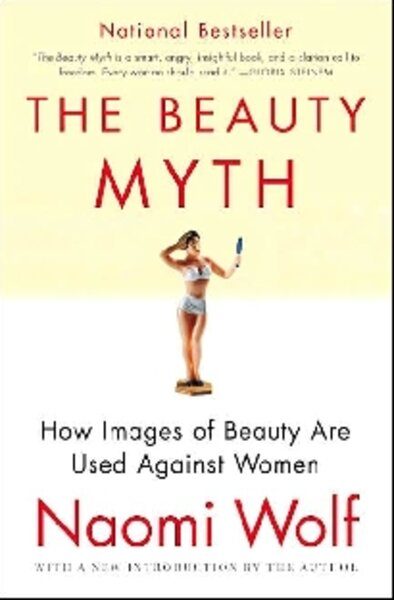Classic review: The Beauty Myth
Loading...
[The Monitor occasionally reprints material from its archives. This book review originally ran on June 18, 1991.] The week before my wedding, I went for my first facial. My friends encouraged me; women's magazines have told me for years that deep cleaning unclogs pores and gives skin a "healthy glow."
Tears streamed down my face as the esthetician squeezed oil from my nose, chin, and cheeks. When she reached for a flickering machine that made zapping sounds, I said no thanks. Forty dollars later I was glowing, but throbbing.
Was it worth the pain to be a bright-skinned bride?
Author Naomi Wolf would say no. Her book, The Beauty Myth: How Images of Beauty Are Used Against Women, has ignited furious debate across Britain and North America. She contends that society's emphasis on a woman's appearance makes women weaker than men socially, politically, and economically.
Wolf looks at several areas of appearance: women at work; women on diets; and women having unsafe, unnecessary surgery. Meantime, the diet industry grows fat and powerful and the average cosmetic surgeon earns $1 million a year. Are so many women flirting with disaster - undergoing cosmetic surgery, smoking to keep thin - because a great body is worth any price?
As women grow old, they grow invisible in our culture, says Wolf. She points to TV news anchors, where men grow older and wiser, but women are replaced when they reach 40.
Wolf's book brings important issues to the surface, uncomfortably, as did my esthetician. She says the "beauty myth" has replaced Betty Friedan's "feminine mystique": mirrors and tummy tucks enslave women today as stoves and diapers did in the 50s.
This book is hard to read. If Wolf is right, the beauty backlash against feminism stings. It is often slow reading because it's packed with three years research: court cases, interviews, and readings from feminists - Friedan, Andrea Dworkin, and Susan Brownmiller.
Even if Wolf is wrong about the reasons women care so much about appearance, weight, breast size, and hair color, she has nonetheless alerted us to how wasteful these obsessions seem compared with what women could be doing. But Betty Friedan, author of "The Feminine Mystique," disagrees. In her review of the book in Allure magazine (which is devoted entirely to makeup and hair color), she writes: "The better [women] are able to feel about ourselves as people, the more we are able to enjoy being women , the more beautiful we feel and look, and the more we can take delight in ... celebrating ourselves."
But women's selves are constantly held to someone else's scrutiny: Turn the page in that same magazine, and find before/after photos in a piece called "Better Better Halves." Here (George's) Barbara Bush and (William's) Pat Buckley are "improved" by makeup artists and computers: Wrinkles are erased, noses are slimmed, mouths are made "fuller, happier."
Could we imagine the same "improving" done to George Bush and William F. Buckley? Of course not.
This is an important book for women - and men - to read. Wolf is didactic and often repetitive, but she hammers at some pretty tough nails that should help build a new understanding of femininity.
Can women break free? Writes Wolf: "The toughest but most necessary change will not come from men or from the media, but from women, in the way we see and behave toward other women."
Elizabeth A. Brown is a former Monitor staffer.



